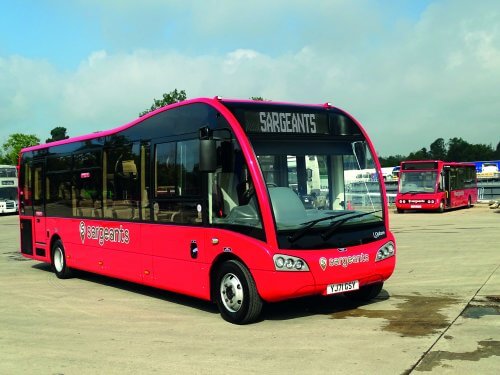
Optare’s recent re-brand to Switch could have seen the end of the well-known brand, but this is not the case. Richard Sharman looks at the Solo SR’s predecessors and visits Herefordshire to find out more about the future of the model
Sunday 26 October 1986 was a landmark date for the bus industry. It was the date that it was to be deregulated. In the months that followed, the streets of many of the UK’s cities were full of bright new coach and bus companies all wanting a piece of the deregulated bus scene action, many using van-derived minibus conversions. But in a factory in Crossgates, Leeds something completely different had been designed.
[…]
By subscribing you will benefit from:
- Operator & Supplier Profiles
- Face-to-Face Interviews
- Lastest News
- Test Drives and Reviews
- Legal Updates
- Route Focus
- Industry Insider Opinions
- Passenger Perspective
- Vehicle Launches
- and much more!


